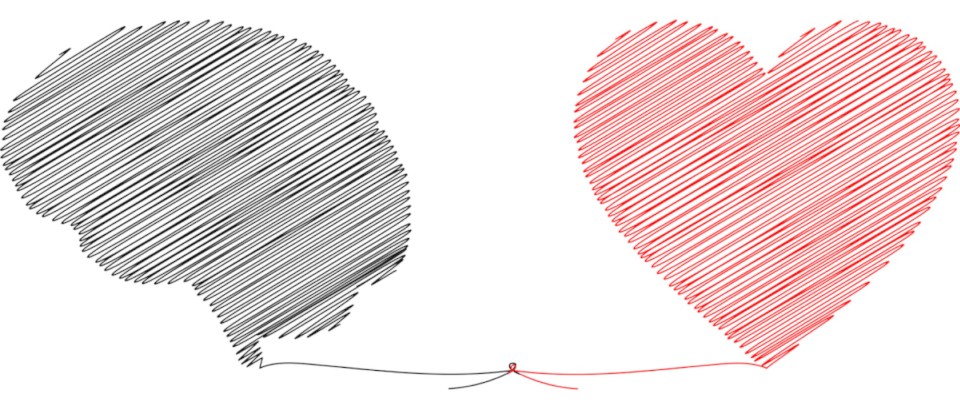When was the last time you felt moved to tears? For me, it came quite unexpectedly just the other day. I was listening to some music on the YouTube channel of Yohan Kim. My intention with this post is to describe both the delight and also the melancholy I experienced as honestly as I can.
The basic image is this: imagine that the fundamental background experience of life is that of gravity. Something is — both figuratively and literally — dragging you down, making it hard and at times painful to stand and move. There is no escape from this force, certainly not forever. And yet there is hope.
As I contend with that experience of being pulled down, I am becoming aware of two important mitigating facts. First, I am not alone. Lifting my head up from the ground, I see people all around me. Their struggle is just as real as mine. And second, if I reach out to them, a miracle can — and often will — occur. Life becomes not only bearable, but an actual feast.
And this is where for me the message I take as a central tenet of the life and workings of Jesus Christ turns from (potential) platitude to profound truth: we are all members of the body of Christ. For this miracle to become a reality however, my heart needs to be open. If I can see every human being as worthy, I am available for connecting.
One of the strongest sources of gravity, in my current experience, is the awareness of ideologically driven conflict. It emerges between people who hold their respective (and quite different) way of conceiving the world as correct. I sense, on an intuitive level, that both ways have a valuable contribution to make. Without either, the image of “a place for everyone and everything” seems impossible to achieve…
The side I feel is closer to my heart in many ways is that of trying to reach for paradise on earth. This would be characterized by a complete eradication of pain, death, hunger, struggle, and any aspect of life we might think of as unpleasant. And as an aspirational goal I still believe it can be helpful — if I appreciate that certain aspects of the aspiration can actually prevent an important truth to emerge.
It may seem counter-intuitive, especially if for you the aspirational image is tightly linked with your identity. I know people who, at least in my imagination of them, might ask, “what could possibly be wrong with trying to alleviate all pain and struggle?” I appreciate that it is much harder (not only for me) to express the value of the opposing view coherently — which, I believe, is part of the reason why the conflict has not been resolved.
The basic image is that of longing, seen as a process. I have written a few times about Mark Solms’ “The Hidden Spring”. At the core, I see the transformation of a “problem” into an “opportunity” through the life and consciousness process. The problem is that without this process successfully manifesting, energy is wasted. It literally does not achieve its purpose. And at the same time, without the risk of this lack of purpose, there would be no reason for life to consider energy as precious in the first place.
Applied to the core of human experience this means, we are put firmly between delight and melancholy. Without appreciating and experiencing life as challenge and its fleeting quality, we take things for granted and do not yearn and stretch. I am borrowing this image of stretching from Iain McGilchrist’s description of longing as a process. It is necessary for life to be fulfilled. Without it, life does not and cannot come about.
In other words, yes, I want my life to be as delightful as it can possibly be. At the same time, the possibility of pain, of failure, and ultimately of death is a requirement for life to happen in the first place.
The conflict arises out of people disagreeing over where to draw the line of how much our intentionally removing sources of pain and risk (of dying) is best for human life to flourish. It seems obvious from observing human history that, by applying our learning towards reducing pain and struggle, life has been continually improving. So why not remove all pain and risk, or at least attempt to do so?
Development — transforming the problem of risking to waste energy and life into an opportunity for increasing one’s capacity to withstand gravity — happens best in the zone of proximal development. This means that without being sufficiently challenged, we might feel (temporarily) comfortable, but can not develop our full potential.
As a final thought… One factor making the experience of risk increasingly difficult to sit with is our belief, partly justified, that the world has become much more controllable. The German sociologist and philosopher Hartmut Rosa in his book Uncontrollability put forth the hypothesis that it is the juxtaposition of ever increasing control over our environment paired with the experience of ever greater powerlessness to actually exert influence in our lives directly that drives people into despair and anger.
For the coming weeks, I want to focus on the sources of delight that tell me life is worth living — if I am willing to accept that underneath it all gravity, pain, and death remain, inevitably linked to life as the source for the challenge that made and makes everything possible in the first place.
